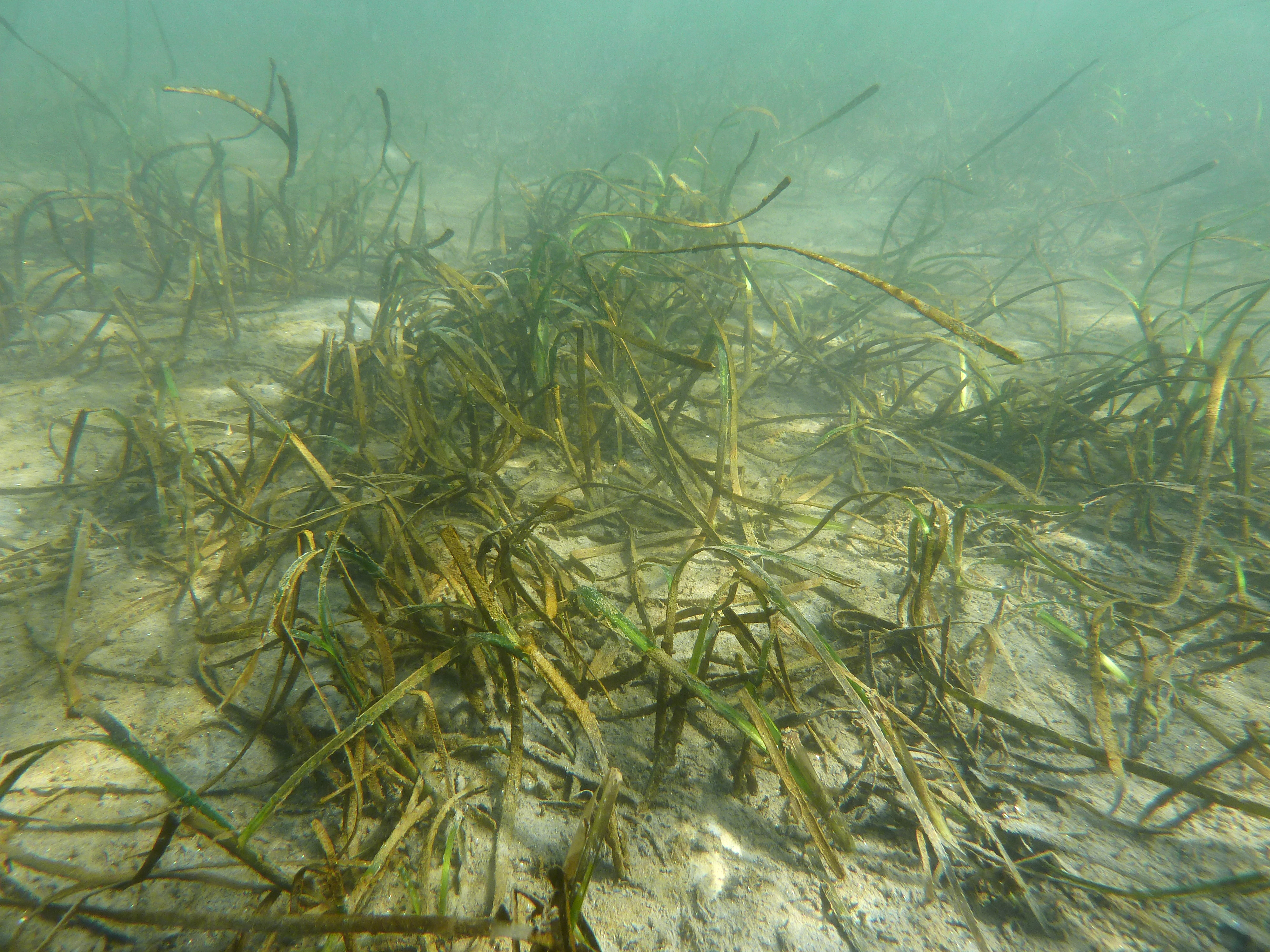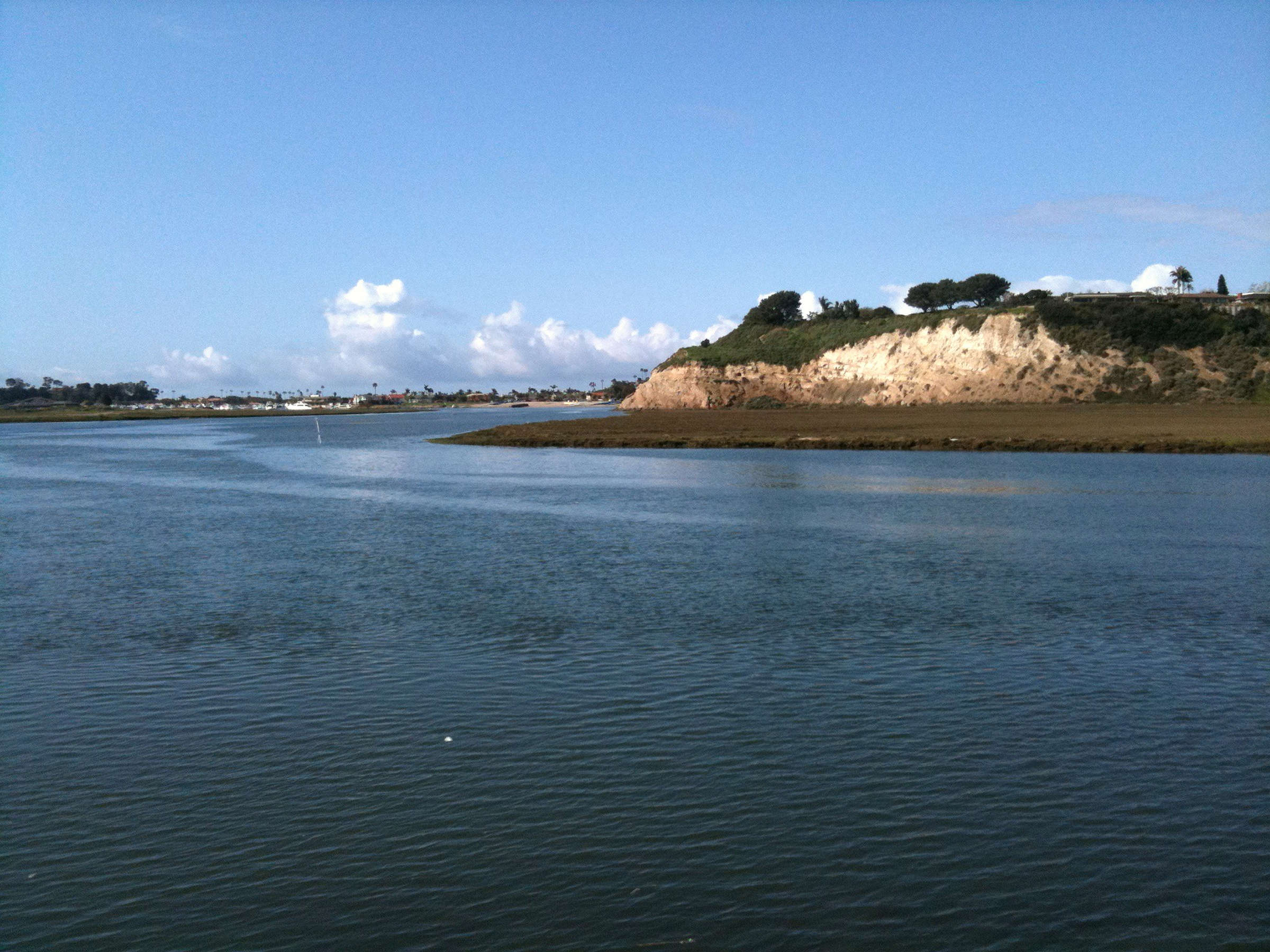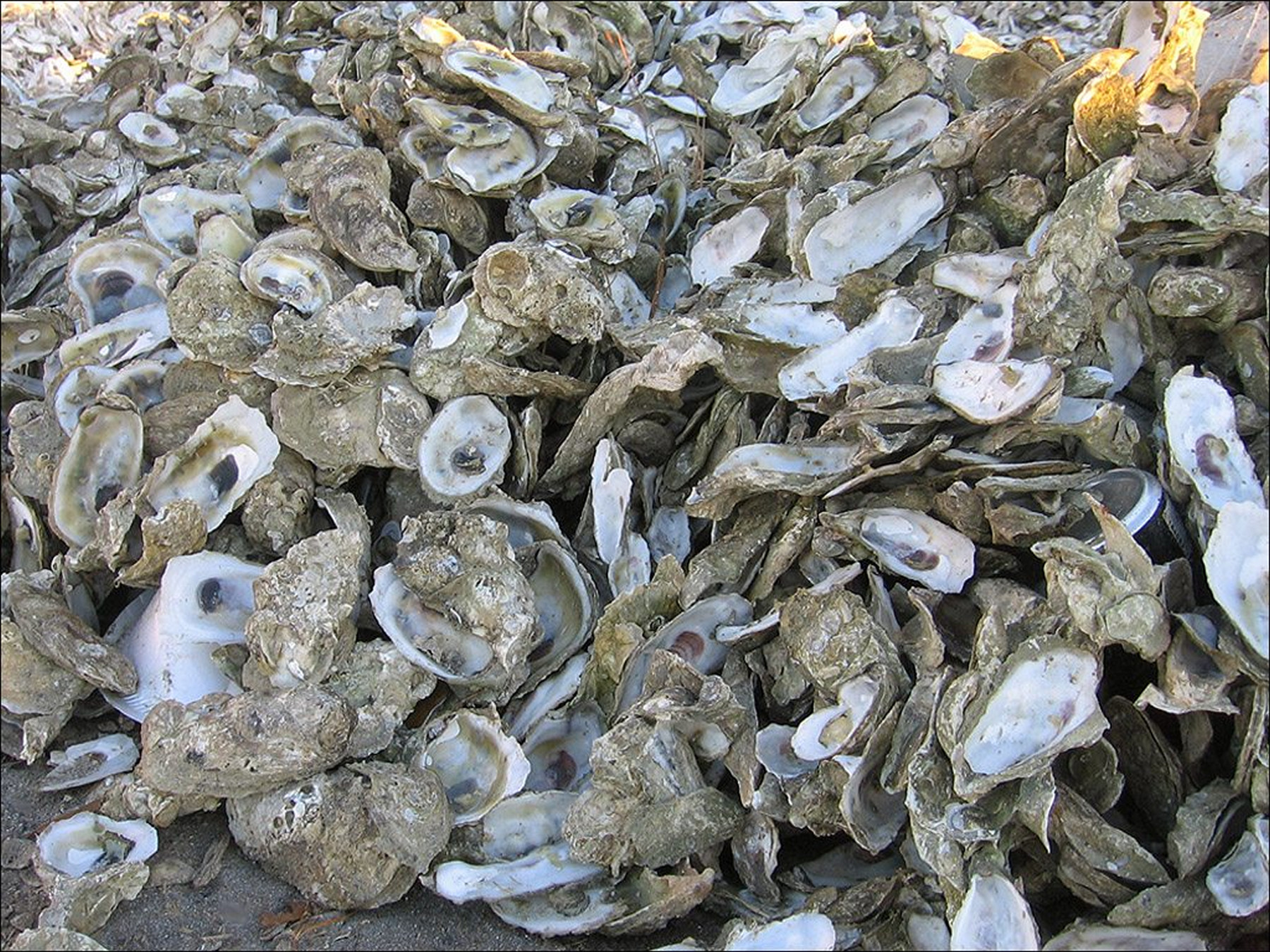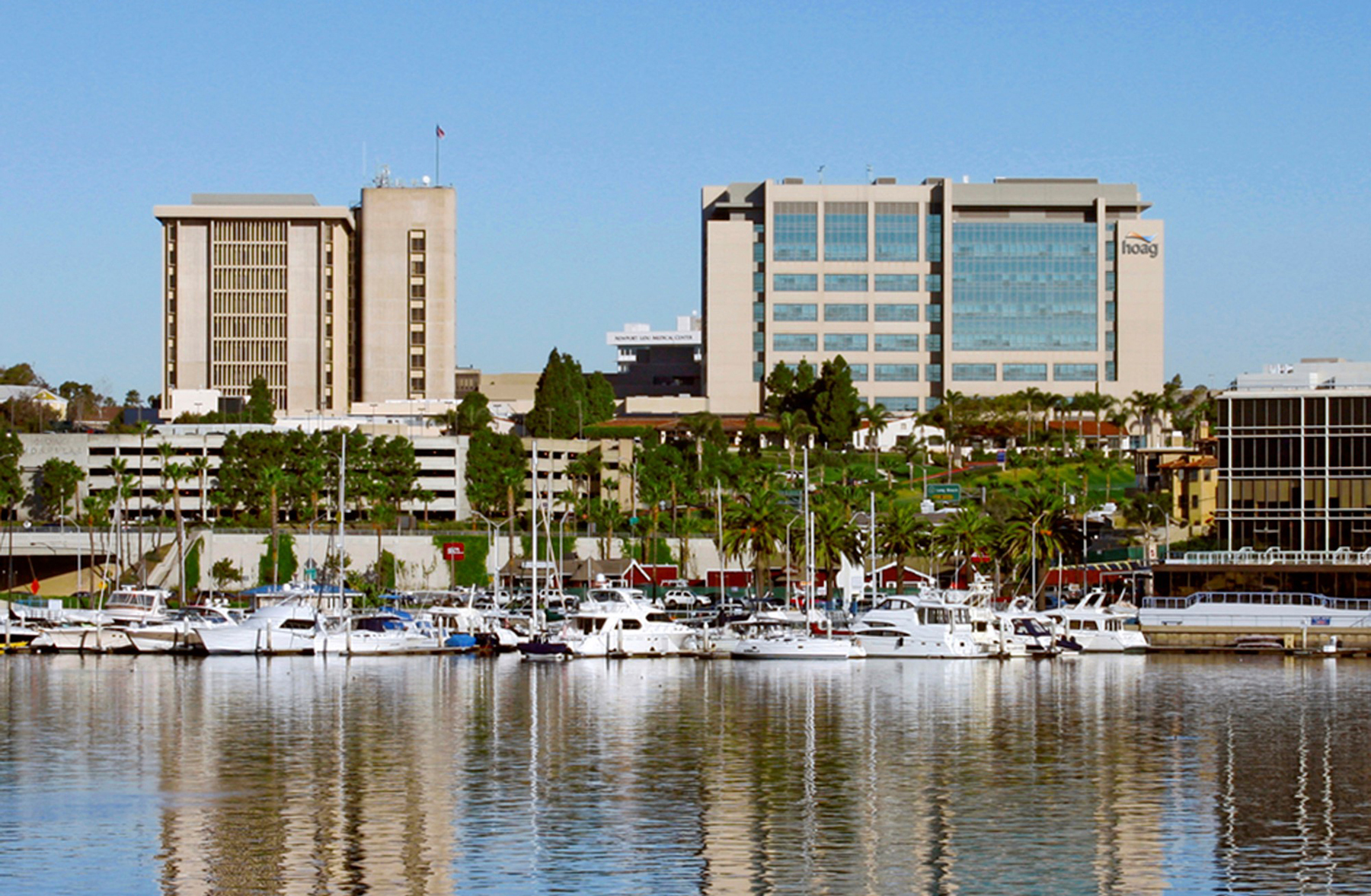
— Photo courtesy of Coastkeeper ©
Orange County Coastkeeper showcased its efforts to restore eelgrass and Olympia oyster beds in Upper Newport Bay during a recent webinar co-hosted by one of the project’s funders, the Pacific Marine & Estuarine Fish Habitat Partnership.
Katie Nichols, marine restoration director for OC Coastkeeper, estimates the nonprofit, along with partners at California State Universities, Fullerton and Long Beach, has spent about $413,000 in grant funding so far to implement and monitor the restoration project.
In 2015 and 2016, divers transplanted eelgrass from an established bed in Newport Bay to four new beds along the shoreline of Upper and Lower Castaways Park, De Anza Peninsula, and Shellmaker Island. Aerial photography of the transplanted eelgrass growth in 2018 showed 0.93 acres, almost three times the project’s initial target acreage, said Katie Nichols, marine restoration director for Orange County Coastkeeper.
Public education is another component of the project, including how eelgrass is valuable because it provides habitat for fish, improves water clarity, stabilizes sediment, reduces the strength of waves.

— Photo by Jim Collins ©
“I think we’ve been successful in educating homeowners and boat owners and trying to move the perception of [eelgrass] being a nuisance species that they have to mitigate for,” Nichols said.
A graduate student from Cal State Long Beach used baited GoPro camera traps to record various fish species before and after the eelgrass transplants. Researchers found kelp bass, bay bennies, barred sand base, and kelpfish living in the eelgrass colonies. On the other hand, mudflats were habitat for round rays, bat rays, and gobies.
In conjunction with transplanting eelgrass, Orange County Coastkeeper re-established beds of Olympia oysters, which are almost functionally extinct in Southern California because of habitat destruction and overfishing, Nichols said.
Volunteers sewed bags of biodegradable coir, which is refined from coconut husks, to act as nurseries for baby oysters.

— Photo courtesy OC Coastkeeper
About 150 volunteers waded out onto mudflats at low-tide to help carry and place coir bags filled with cleaned Pacific oyster shells. Each oyster bed was initially about 20 meters long.
Faculty and graduate students at Cal State Fullerton estimated that between 20,000 and 30,000 Olympia oysters are living on the four restored beds, Nichols said.
The restoration project required a complex slate of approvals from various agencies including the California Coastal Commission, Army Corps of Engineers, Santa Ana Regional Water Quality Control Board, U.S. Fish and Wildlife Service, California Department of Fish and Wildlife, and the County of Orange.
Orange County Coastkeeper is close to getting grant funding to support a year or two of monitoring the eelgrass and oysters’ progress and would ultimately like to follow the results for at least five years, Nichols said.
For more information, visit coastkeeper.org/restoration/living-shorelines/.
To watch the webinar, visit training.fws.gov/topic/online-training/webinars/restoration.html
To view a video from Honda Marine Science Foundation that showcases the project, visit youtube.com/watch?v=MgWp7Uj83FQ&feature=youtu.be
*EDITOR’S NOTE: The story initially incorrectly listed the year of the eelgrass restoration, misidentified the oysters in the photo, and linked to the wrong video. We apologize for the mistakes.*




